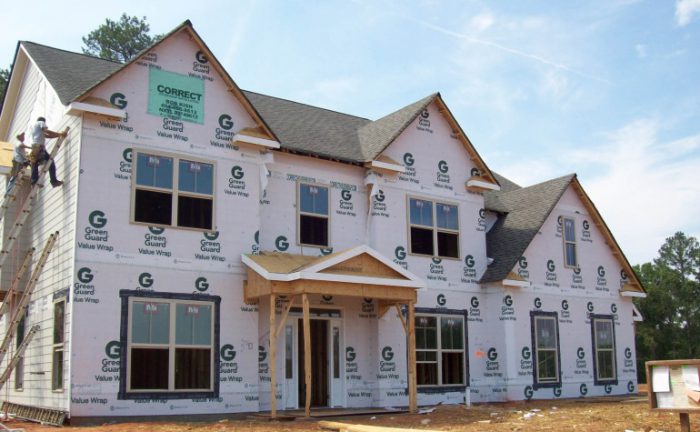Could stretch codes supercharge the green building marketplace?
GreenBiz, November 10, 2017
This week, thousands of building industry professionals converged at Greenbuild 2017 to share their excitement and progress toward advancing green buildings. But while the number of green buildings has grown dramatically over the last decade, the pace of construction still falls far short of what is needed to make a meaningful difference in reducing carbon emissions from the building sector or take full advantage of what the energy efficiency industry has to offer.
For the majority of structures that are built outside of green building circles — where there is little incentive and guidance for constructing energy-efficient, sustainable buildings — the main driver of energy performance is the local building energy code. While national model codes, which provide the basis for local codes, have advanced in recent years, many places mandating earlier versions of the code don’t follow best practices in energy efficiency, leaving millions of dollars on the table in lost energy savings and business opportunities.
Increasingly, states, cities and businesses are ramping up commitments to drastically reduce greenhouse gas emissions from the building sector and accelerate building energy efficiency.
To date, hundreds of entities across the country have adopted goals to reduce carbon emissions from the building sector to meet the 2030 Challenge, which aims to make all new buildings and major renovations carbon-neutral by 2030, or the COP21 Paris Accord, which targets an 80 percent reduction in carbon emissions from the building sector by 2050. For these jurisdictions to reach their goals, they need more aggressive building policies than what’s defined in national building code requirements. Adopting more aggressive policies also would give a real boost to the energy efficiency industry by increasing demand for energy-saving products and services used in new construction and major renovations.
Stretch codes have emerged as a promising solution that jurisdictions can use to drive better energy performance in the built environment and set a long-term vision for efficiency stringency in buildings further into the future.
They offer a critical lever for cities and states that understand their approach to developing local energy codes must change. Stretch codes accelerate the pace of national code development of incremental improvements every three years. Instead, stretch codes allow jurisdictions to set a vision for greater energy savings in buildings and plan to realize that vision over a series of code development cycles.
This is great news for the energy efficiency industry, as well as green-minded business and building owners, as the stretch codes offer a view into the future of building code requirements that isn’t available under the current iterative process. Businesses can look ahead 10 or even 20 years to understand what will be required of the buildings they own and lease and plan ahead for what is to come, gain access to technology and operational needs well before they are mandated. Incentive programs likely will track future code requirements, giving business greater opportunities to receive financial help.
This week, New Buildings Institute released a model stretch energy code that targets 20 percent better efficiency than current national building energy codes. The new 20 percent Stretch Code offers jurisdictions a set of energy-saving building strategies that cover design aspects such as envelope, mechanical, water heating, lighting and plug loads. These measures also provide a potent recipe that developers and building owners can use to future-proof current building designs and construction practices.
The 20 percent Stretch Code is one of a set of building codes being developed by NBI that provide increasing stringency. They give cities and states the basis for maximizing energy savings in both commercial and residential projects over the course of several code development cycles, allowing the market to prepare for and deploy new efficiency practices and technologies.
Several cities and states already use stretch codes, such as the states of Massachusetts and New York and the cities of Boulder, Colorado, and Santa Monica and Palo Alto in California. In Boston, where Greenbuild took place this year, the city participates in Massachusetts’ Green Communities program — a statewide initiative that provides technical and financial assistance to cities that commit to following the state’s stretch code for new construction. Massachusetts was one of the first states in the United States to implement a stretch code, and to date, more than 180 Massachusetts cities and towns, including Boston, are participating in the program.
As more cities and states begin to adopt stretch codes, the faster they can reduce greenhouse gas emissions from the building sector, resulting in greater energy savings for businesses, a more robust energy efficiency industry and a healthier environment for all.
